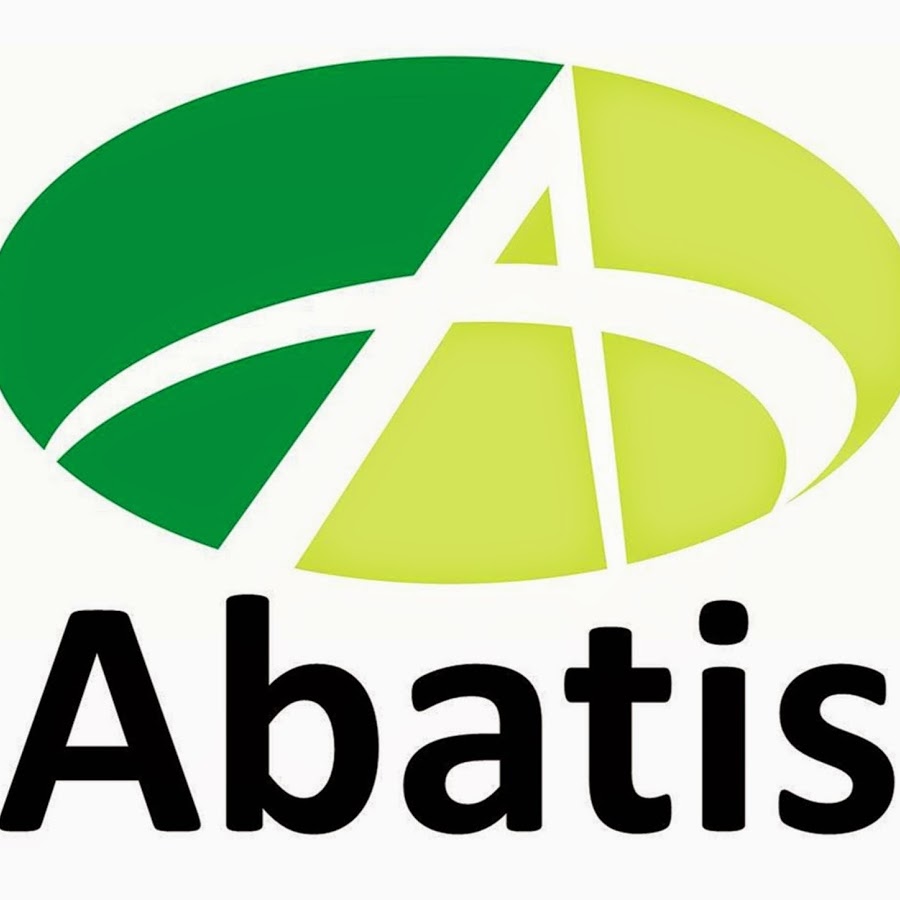
Description
Abatis is a UK based company established and part-owned by security professionals at the Royal Holloway University of London. Abatis designs and develops security solutions to defend from the most sophisticated malware and advanced attacks by cybercriminals. For the past five years, Abatis has supplied governments, financial and major corporations around the world with security solutions that have withstood the test of time against all forms of attack.
Source: https://www.abatis-hdf.com/abatis/



